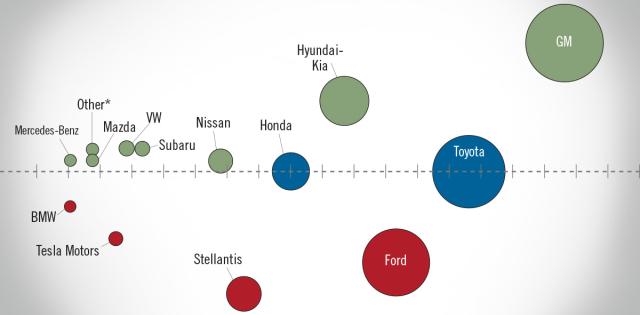WASHINGTON, March 26 (Reuters) - The number of Americans filing claims for unemployment benefits surged to a record of more than 3 million last week as strict measures to contain the coronavirus pandemic brought the country to a sudden halt, unleashing a wave of layoffs that likely ended the longest employment boom in U.S. history.
The weekly jobless claims report from the Labor Department on Thursday offered the clearest evidence yet of the coronavirus' devastating impact on the economy, which has forced the Federal Reserve to take extraordinary steps and the U.S. Congress to assemble a record $2 trillion stimulus package.
Economists say the economy is already in recession. Weekly claims are the most timely labor market indicator. With nearly half the country's population under some form of a lockdown, economists are bracing for further increases in jobless claims.
"With partial lockdowns across the country leading to a sudden stop in economic activity, the U.S. economy will experience the largest economic contraction on record with the most severe surge in unemployment ever," said Gregory Daco, chief U.S. economist at Oxford Economics in New York.
"We expect jobless claims will continue to climb as more economic activity shuts down."
Initial claims for unemployment benefits rose 3.00 million to a seasonally adjusted 3.28 million in the week ending March 21, eclipsing the previous record of 695,000 set in 1982, the Labor Department said.
Economists polled by Reuters had forecast claims would rise to 1 million, though estimates were as high as 4 million.
The Labor Department attributed the surge to COVID-19, the respiratory illness caused by the coronavirus. More than 1,000 people in the United States have died from COVID-19, according to a running tally kept by Johns Hopkins University.
"During the week ending March 21, the increase in initial claims are due to the impacts of the COVID-19 virus," the department said. "States continued to cite services industries broadly, particularly accommodation and food service. Additional industries heavily cited for the increases included the health care and social assistance, arts, entertainment and recreation, transportation and warehousing, and manufacturing industries."
Mounting layoffs and a sinking economy have prompted President Donald Trump to push for businesses to reopen by Easter. Given rising infections and a mounting death toll, many health experts, economists and politicians have argued against such a move.
Fed Chair Jerome Powell said on Thursday in an interview on NBC's Today Show that the economy "may well be in recession" but progress in controlling the spread of the coronavirus will dictate when the economy can fully reopen.
The dollar was trading lower against a basket of currencies. Prices of U.S. Treasuries rose and major U.S. stock indexes opened higher.
Payrolls Seen Declining
The pandemic has prompted governors in at least 18 states to order residents to stay mostly indoors. "Non-essential" businesses have also been ordered closed. According to economists, a fifth of the workforce is on some form of lockdown.
Unadjusted claims for California and Washington state, Ohio, New Jersey, Illinois, Texas and Massachusetts increased by more than 100,000 last week. Pennsylvania reported unadjusted claims increased more than 300,000.
The four-week moving average of initial claims, considered a better measure of labor market trends as it irons out week-to-week volatility, jumped 2,647,034 to a record 2.90 million.
Last week's claims data likely will have no impact on March's employment report as it falls outside the period during which the government surveyed employers for nonfarm payrolls, which was the week to March 14.
The unprecedented surge in jobless claims is all but certain to signal that a record streak of 113 months of U.S. employment growth, dating to September 2010, came to an end this month.
"Jobs will decline in March," said Mark Zandi, chief economist at Moody's Analytics in West Chester, Pennsylvania. "There are numerous reports of laid-off workers unable to file for unemployment insurance because so many people are trying to file at the same time. Millions of job losses are likely in coming weeks."
Thursday's claims report also showed the number of people receiving benefits after an initial week of aid increased 101,000 to 1.80 million, the highest since April 2018. The four-week moving average of the so-called continuing claims rose 27,500 to 1.73 million.
The continuing claims data covered the period during which the government surveyed households for March's unemployment rate. Continuing claims increased 110,000 between the February and March survey week, suggesting the unemployment rate will probably rise this month from the current 3.5%.
(Reporting by Lucia Mutikani Editing by Paul Simao)










